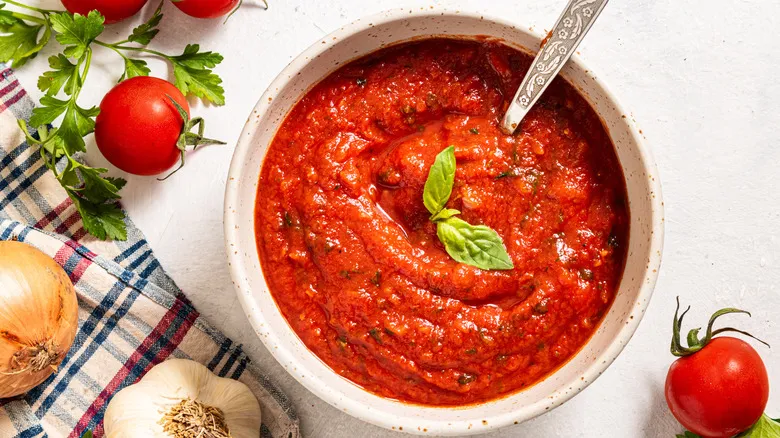What is cake flour?
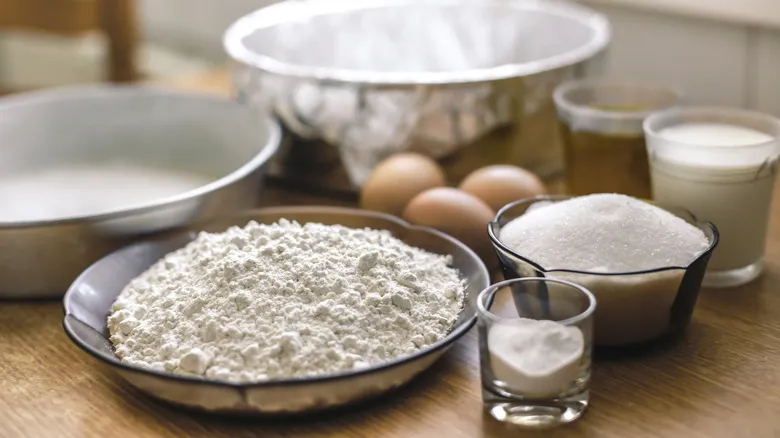
Cake flour is a finely processed wheat flour known for its light texture. This unique quality arises from milling the inner part of the grain, resulting in very fine individual particles. Additionally, the flour undergoes a bleaching process with chlorine, which further alters its structure. The final product resembles snow, with a texture made up of small, clumped particles.
Among the various types of flour, cake flour is one of the most delicate, even finer than Dominique Ansel's pastry flour. Its distinctive texture necessitates a proper understanding of how to use it. For example, its lighter weight affects density, as it has a smaller volume. Despite this, cake flour forms a stronger bond with eggs and other liquids, resulting in a thick yet moist dough. When used correctly, cakes made with this flour remain soft, and biscuits turn out tender. Consequently, the unique composition of cake flour opens up a range of baking possibilities that can be more challenging with other flour types.
What is all-purpose flour?
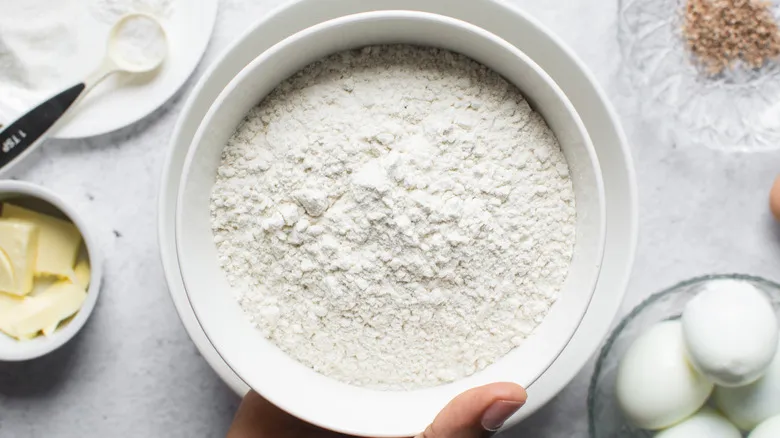
The name "all-purpose" reflects its versatility: this flour is the most commonly used type. It blends various types of flour, resulting in a balance of different textures. By combining different granule sizes and protein levels, all-purpose flour provides excellent flexibility. Its durable composition makes it suitable for a wide range of applications.
There is some variation among all-purpose flours. Unlike cake flour, this variety can also be found in an unbleached form, which preserves more of the grain's natural characteristics. The bleached version, on the other hand, has a slightly finer texture due to chemical processing. However, both types of all-purpose flour are generally interchangeable.
All-purpose flour easily combines with fats and liquids, serving as a foundational ingredient in baking and for thickening sauces. It works well as a base for roux, with its flavor becoming more pronounced when heated. Additionally, its neutral properties make it an effective binder for flour tortillas. Therefore, it’s no surprise that this flour is ideal for classic baked goods such as cookies, cakes, breads, muffins, and pies.
The protein quantity of the flour influences the application
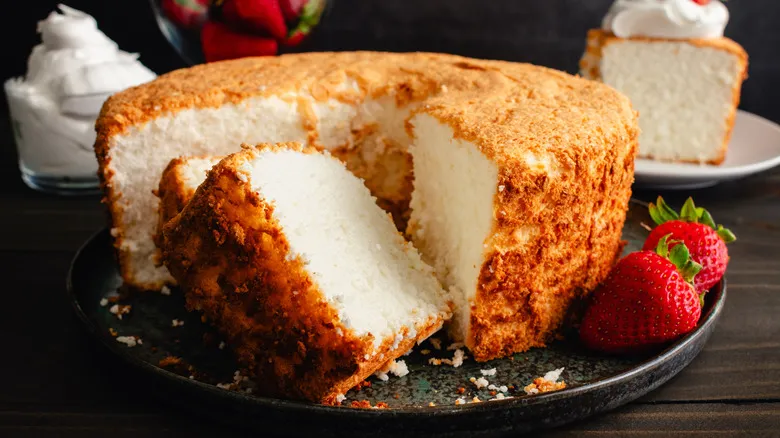
The primary difference between the two types of flour lies in their protein content. Flours with higher protein levels produce a more elastic and robust dough. When worked, they develop a stronger gluten network, which can be advantageous for certain recipes, such as bread, but may hinder the creation of more delicate baked goods. Consequently, the protein composition significantly affects their applications, although the exact protein levels can vary by product.
Cake flour has one of the lowest protein contents among wheat flours, ranging from 6-10%, which is consistently lower than all-purpose flour, typically around 10-13%. This difference is noticeable in the final baked goods. Cake flour results in a less dense but more moist texture, making it essential for airy treats like angel food cake, which combines egg whites and cream of tartar for easier preparation. It also pairs well with dairy ingredients, whether it’s buttermilk, cream cheese, or a tres leches mixture. Additionally, it contributes to the moistness of a perfect carrot cake and adds a delightful crumble to cookies and biscuits.
On the other hand, all-purpose flour has a balanced protein content that makes it incredibly versatile. It serves as the base for classic cakes like chocolate and birthday cakes, and it’s a dependable choice for bread and cookie recipes. Whether you need flour for breading chicken-fried steak or making wonton wrappers, all-purpose flour is up to the task. In short, having a supply of this versatile ingredient on hand is definitely advisable.
All-purpose flour can be turned into cake flour
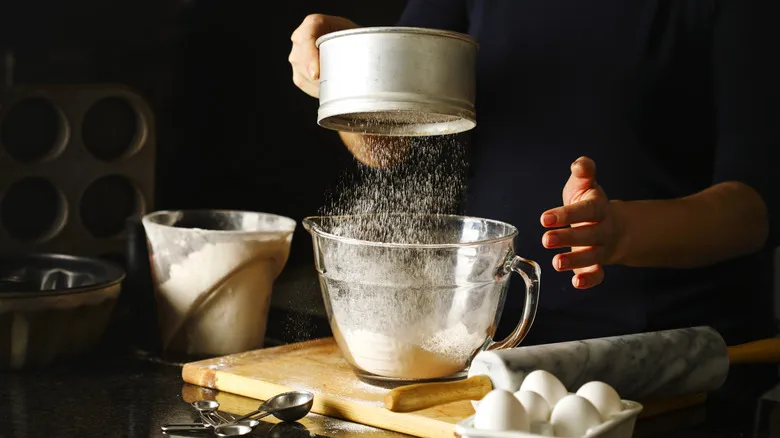
Given the less common nature of cake flour, there's no need to panic if you find yourself without it. In some cases, you can substitute it with all-purpose flour, but be aware that this will affect the final outcome. Just as using bread flour instead of all-purpose flour alters baked goods, a swap isn't always ideal. It's particularly not recommended to use all-purpose flour in recipes that specifically call for cake flour, as it lacks the required protein content. This could result in a dough that turns out limp and flat.
However, you can convert all-purpose flour into cake flour by adding cornstarch. By replacing 2 tablespoons of all-purpose flour with cornstarch for each cup, you can achieve a protein content that is closer to that of cake flour. This substitution also helps balance the denser weight and texture of all-purpose flour. So, while you shouldn't let the absence of cake flour deter you from baking, remember that the type of flour you use does make a difference.
Recommended
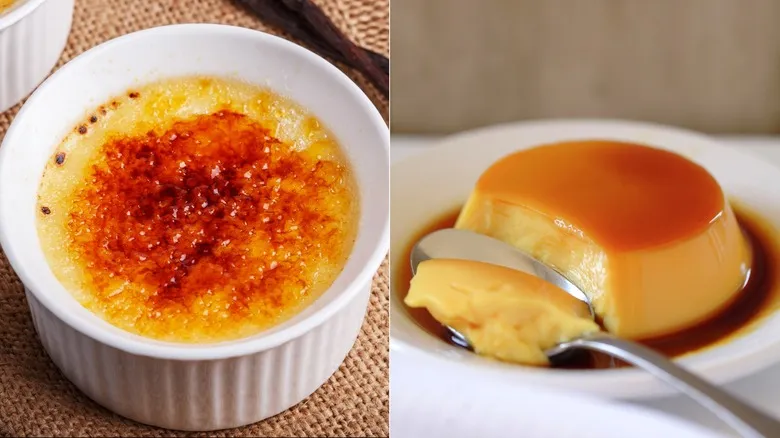
What Makes Flan Different From Crème Brûlée?
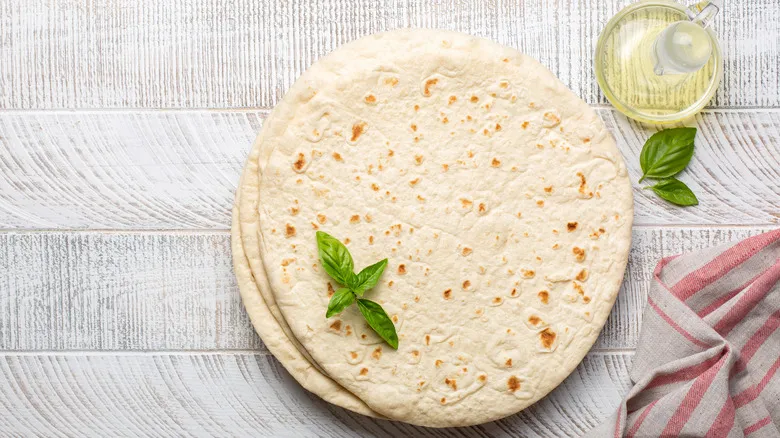
The Underrated Italian Flatbread That Is Deliciously Simple To Make
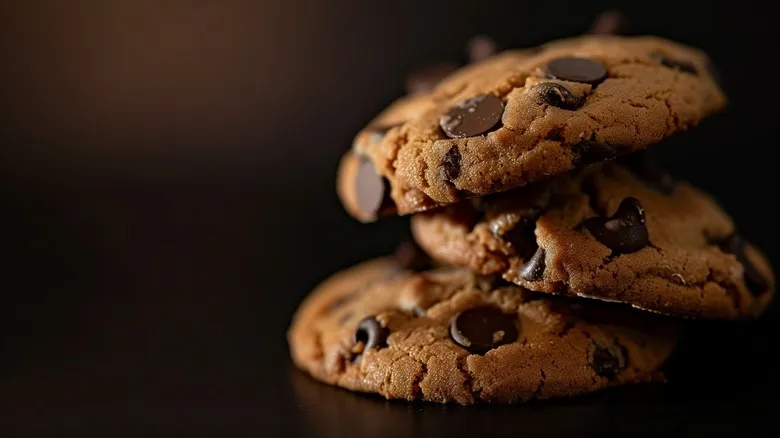
Holiday-Inspired Mix-Ins Are The Key To Festive Chocolate Chip Cookies

The Mistake That's Making Your Pizza Crust Tough, And What You Should Do Instead
Next up




